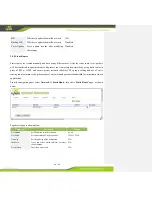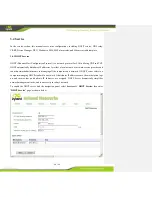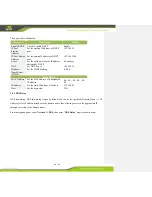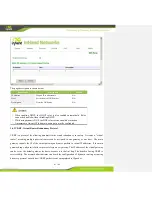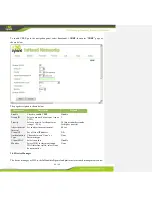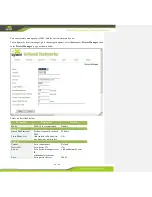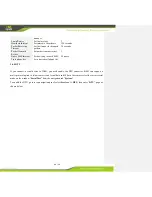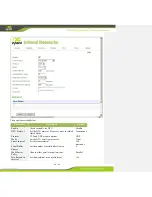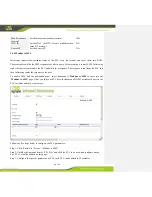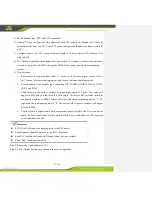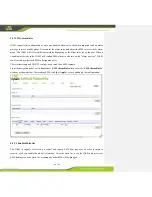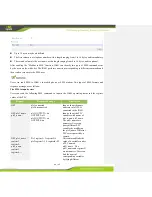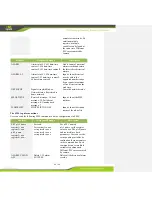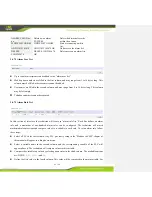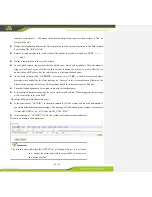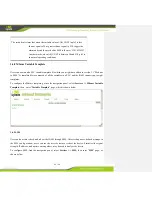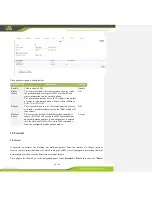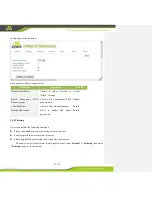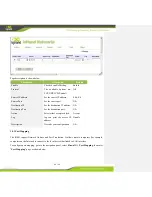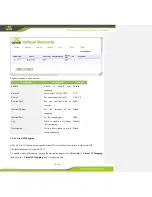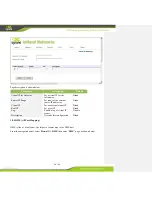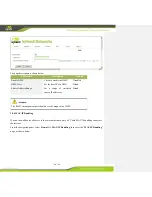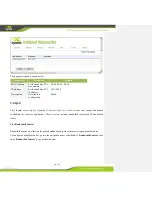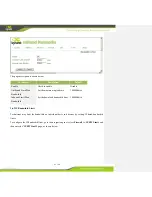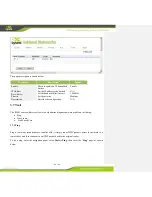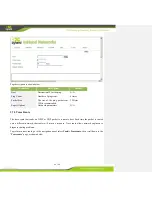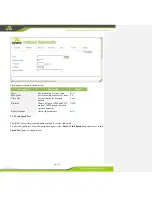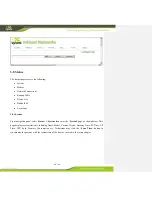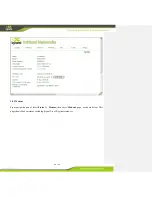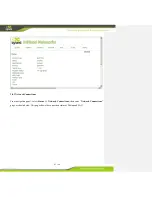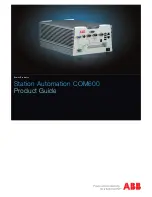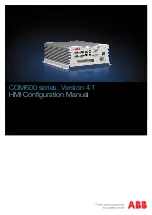
52 / 92
example, temperature >= 200 means that when the temperature is greater than or equal to 200, an
alarm will be sent.
Define the relationship between the first expression and the second expression in the fifth column
by selecting OR, AND or XOR.
Select a second operator in the sixth column. The options that can be selected are: NONE, >, >=, <,
<=, = and !=.
Define a second value in the seventh column.
In the eighth column, the user must define a dead zone, which acts as a buffer. After the alarm is
trigger, it will not be sent until the variable exceeds the dead zone value. It is only effective for
numerical, non BIT values. Set the value to zero to eliminate the dead zone.
In the ninth column titled “
ACTION?,
” users may select “
YES
” to enable user-defined alarm
message, user need define the alarm message on “Context” in the eleventh column. Otherwise, the
default alarm message will be sent. The maximum length for a short message is 140 bytes.
The mobile phone number of a recipient is input in the tenth column.
A user-defined alarm message may be set in the eleventh column. When triggered, this message
will be sent in the form of an SMS.
The alarm SMS are divided into two types:
If the selection for “ACTION?” in the ninth column is NO, the system will send the automatically
generated defaulted alarm short message. The message will be defined by the variable, for example:
“Alarm plc2 OUPUT=on,” or “Alarm plc AB_VOLT=238V.”
If the selection of “ACTION?” is YES, the system will send a user-defined alarm.
Below is an example of an alarm rule:
The first rule states that when the OUTPUT1 of plc2 changes from 1 to 0 or from 0
to 1, trigger the alarm and send the alarm SMS to all users in
the “alarm user list.”

